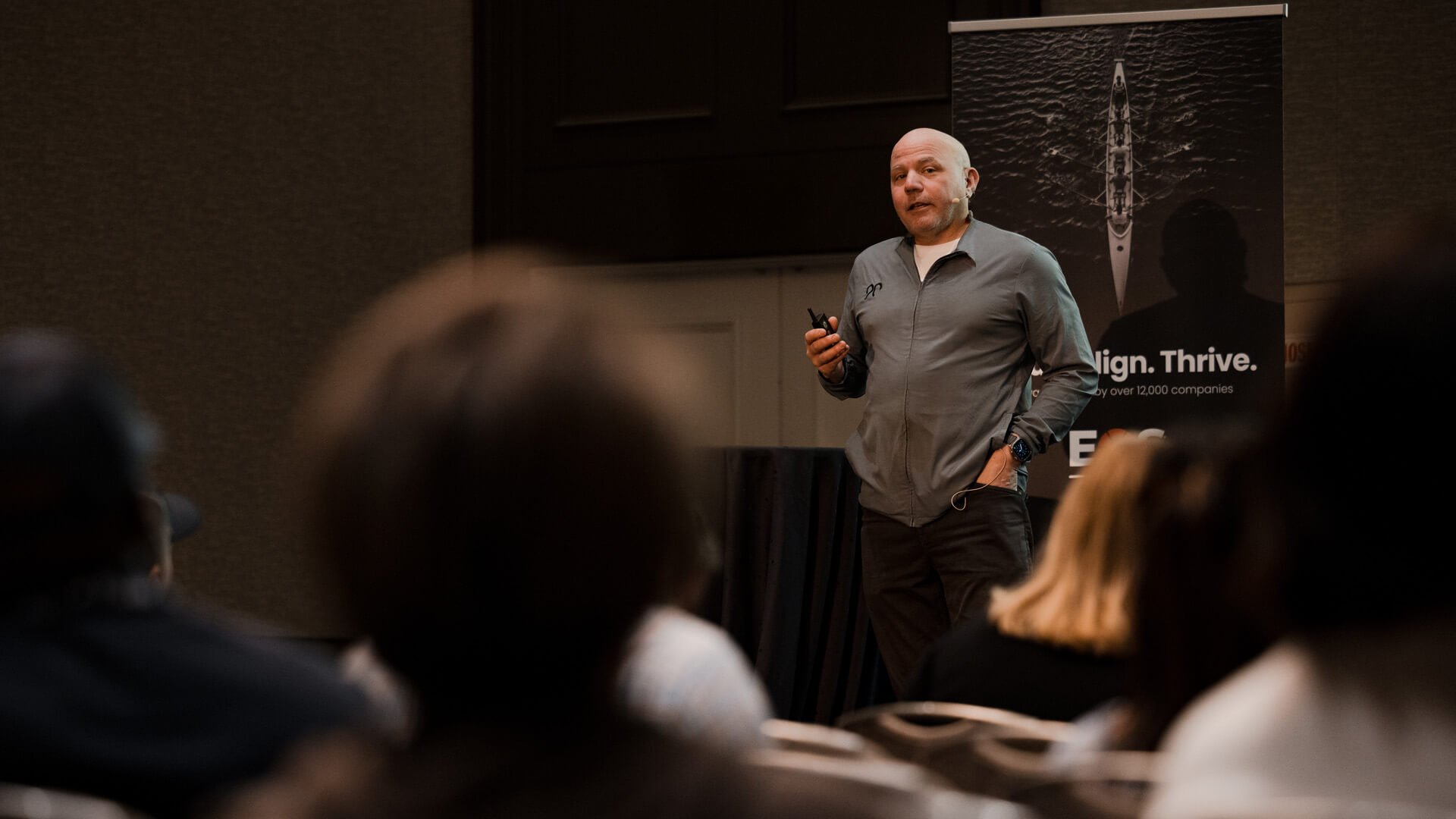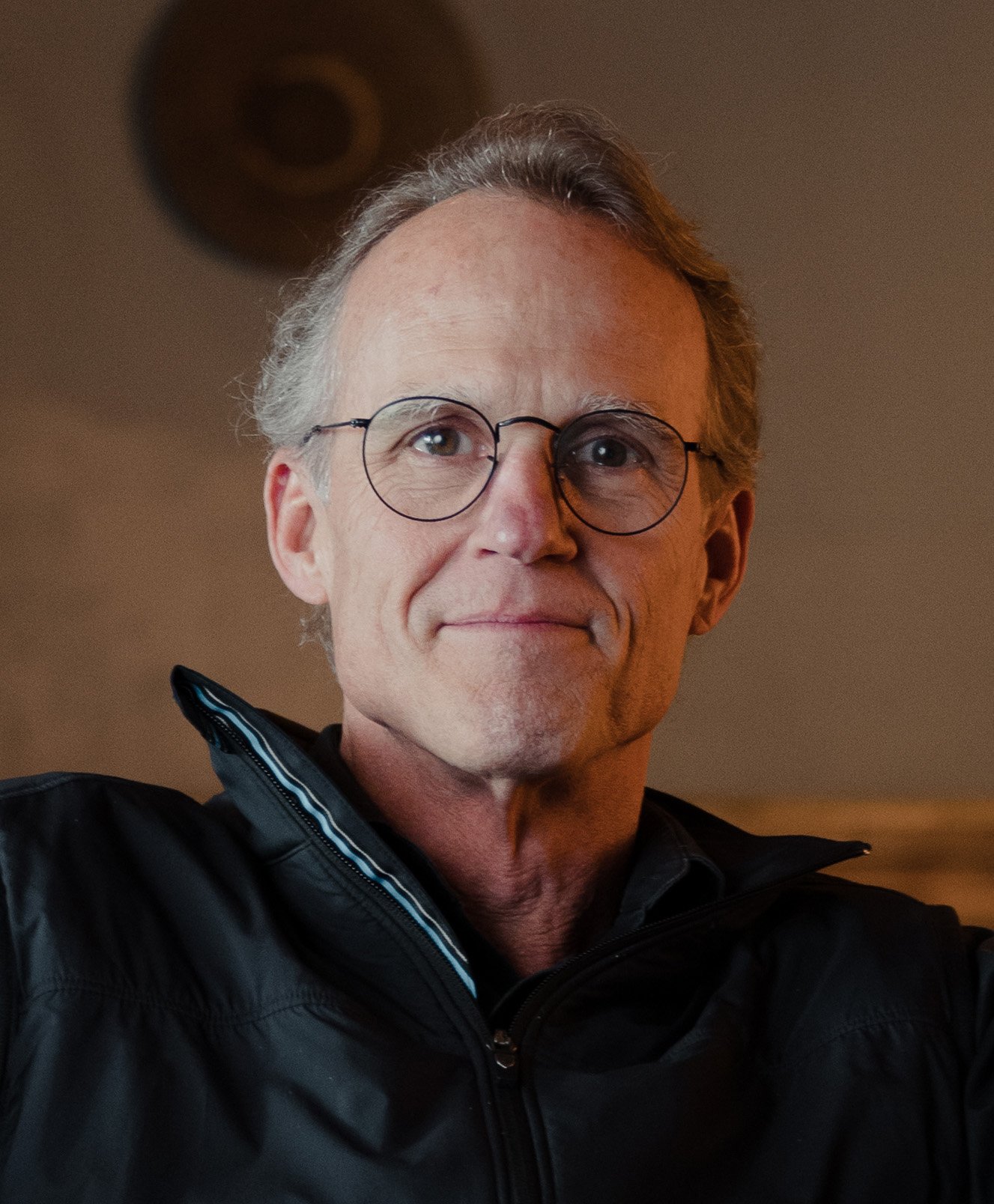What Psychology Teaches Us About Vision
As a founder, investor, and coach, I’ve spent decades learning how to walk the line between aspiration and realism. It’s not just a balancing act — it’s a tension that defines great leadership. Without aspiration (including a compelling vision as the foundation), you can’t build anything that truly matters. But if you lose touch with reality, you start building castles in the sky, and sooner or later, everything you’ve worked to build can come crashing down.
We’ve all seen this play out in painful, public ways. Theranos, WeWork, FTX — they all began with a compelling story, the kind that captures imaginations. But in every case, aspiration outpaced reality. And these leaders not only fell short, they broke trust.
Thinkers like Ken Wilber and Jane Loevinger have helped me understand this tension more clearly. Wilber gives us an inspiring and optimistic view of human development, while Loevinger keeps us grounded in reality. Both offer valuable insights, but it’s where their ideas collide that we can find the deeper truths about leadership and creating something built to last.
In this piece, I want to explore the critical distinction that separates true visionaries from those who sell unattainable fantasies, and more importantly, I'll share some practical ways you can anchor your own leadership journey in both aspiration and reality.
Wilber's Integral Theory
Ken Wilber’s integral theory captivated me, and here’s why: He was bold enough to try and map the entire human experience by weaving psychology, philosophy, spirituality, and systems thinking into what he called a "theory of everything." Audacious? Absolutely. But deeply appealing to someone like me who embraces a polymathic perspective.
 The core of his model is the AQAL framework (All Quadrants, All Levels), which maps human experience across four dimensions:
The core of his model is the AQAL framework (All Quadrants, All Levels), which maps human experience across four dimensions:
- Interior-Individual (I): Personal consciousness and growth
- Exterior-Individual (It): Behavioral and biological aspects
- Interior-Collective (We): Cultural meaning and values
- Exterior-Collective (Its): Systems and structures
Wilber’s developmental stages lay out a human journey, from egocentric (it’s all about me), to ethnocentric (loyalty to my tribe), to world-centric (a global, more inclusive awareness), and eventually into higher stages of being. The further you go, the more the boundaries between self and other begin to disappear — a state of transcendence that many believe brings deeper empathy, connection, and meaning beyond the "self."
It’s a powerful vision. And as a founder, I get the appeal. I’ve always wanted to build companies that are more than efficient machines — places where people actually grow, contribute, and do Work that matters.
But the more I explored Wilber’s higher stages, a few questions tugged at me: Can any of this actually hold up in the messy realities of running a business? Can we really design companies around these transcendent ideals? Or are we just distracting ourselves from the hard, unglamorous Work of solving today’s problems?
Because the truth is, the world doesn’t just need dreamers. It needs builders, too.
Loevinger's Ego Development
Jane Loevinger’s stages of ego development, shown in the graphic below, are firmly rooted in reality. Her framework focuses on how individuals find meaning and make sense of the.png?width=410&height=471&name=Illustration_Loevinger%E2%80%99s_Ego_Development%20(1).png) world through three phases:
world through three phases:
- Pre-Conventional: In the pre-conventional phase, behavior is impulsive or self-protective, focused mainly on survival and immediate needs. (See the three bottom stages in the graphic.)
- Conventional: In this phase, we follow the rules, take on responsibilities, and often define ourselves by how well we meet expectations others have for us. (See the three middle stages in the graphic.)
- Post-Conventional: This is where real leadership begins. We not only become more self-aware but we’re capable of embracing complexity and ambiguity. (See the three top stages in the graphic.)
What struck me about Loevinger’s model is how clearly it applies to the challenges of leading a company. Growth, in her view, isn’t about chasing higher ideals. It’s about learning to integrate more complexity, and that’s a skill every founder has to develop. One week you may be telling your team to focus and stick to the plan, but the next, you may need to pivot a major initiative because market feedback demanded it — both calls were right in context. The further you go, the less black and white things get.
Her final stage, the Integrated stage, reflects a level of maturity where we accept the contradictions of life and learn to balance autonomy with interdependence. This stage is an endpoint not because growth stops (we should always be growing as people) but because it represents the known limits of our development.
Unlike Wilber, Loevinger doesn’t leap into the abstract. For her, true growth means integrating the complexities of real life, not escaping it. This kind of realism is what separates founders who build enduring systems from those who sell impossible dreams.
Great leaders embrace nuance. They stop chasing final answers and start leading with informed curiosity. They don’t just dream big — they ground their dreams in reality.
Aspiration vs. Reality
The more I explored Wilber’s and Loevinger’s frameworks, the clearer it became that they represent two ends of a spectrum.
Wilber is aspirational. He invites us to imagine what might be possible if we fully embrace our highest potential. It’s a visionary framework, designed to inspire us and push boundaries.
Loevinger is realistic. Her work is grounded in what’s observable and achievable, focusing on how most people grow, make meaning, and mature over time.
As a founder, I’ve learned to value both perspectives, but I lean toward Loevinger’s realism. The stakes of leadership are simply too high to gamble on fantasy. Selling something you know can’t be built isn’t visionary. It’s dishonest.
That said, each framework has some valuable takeaways to help us lead with ambition while remaining realistic:
- Ground your vision in reality: From Loevinger, I’ve learned the importance of focusing on what’s achievable. Leadership requires setting goals that stretch but don’t break the trust of your team, investors, or customers. From Wilber, I’ve taken the idea that vision should inspire, but inspiration needs to be paired with feasibility. Ambition only matters if it’s anchored in what’s possible.
- Embrace complexity and ambiguity: Loevinger’s later stages ask us to hold multiple (sometimes conflicting) truths at once — a skill every founder needs. There’s rarely a perfect answer. Most of the time, we’re making decisions with incomplete information, but the work still has to get done.
- Balance aspiration with action: Wilber’s higher stages remind me to think about the long-term legacy of what I’m building, to set my sights beyond this quarter or year. As a balance, Loevinger reminds me that execution matters. Big ideas also require follow through. At some point, the work has to get done.
- Be ethical, especially when it’s hard: Wilber’s work can sometimes feel disconnected from the day-to-day grind of leadership and the hard choices we face, but Loevinger doesn’t let us off the hook. Her realism keeps us accountable, a kind of internal compass that keeps us honest when the temptation to overpromise or embellish creeps in.
Where Vision Meets Reality
There’s a core tension every founder must navigate: the need to dream big while staying grounded in what’s possible.
Wilber reminds us to stretch beyond the immediate, to imagine a future that inspires and uplifts. Loevinger keeps us honest and accountable, bringing us back to what’s sustainable and real. As company leaders, we should all be striving for a balance of both.
Because true visionaries don’t just dream — they earn trust by actually building what they’ve aspired to build. They don’t sell fantasies they know are impossible because their ambition is paired with integrity.
As founders, the question isn’t whether we should dream — it’s whether we’re willing to do the Work that turns bold ideas into something real. As I continue to build and lead, I’ve come to see this balance as the essence of great leadership.
Vision without execution is fantasy. Execution without vision is drudgery. But when the two come together, something extraordinary happens — organizations evolve, people grow, and seemingly impossible dreams inch closer to reality.
For more insights on building resilient, high-performing companies, subscribe to the Founder’s Framework newsletter.





